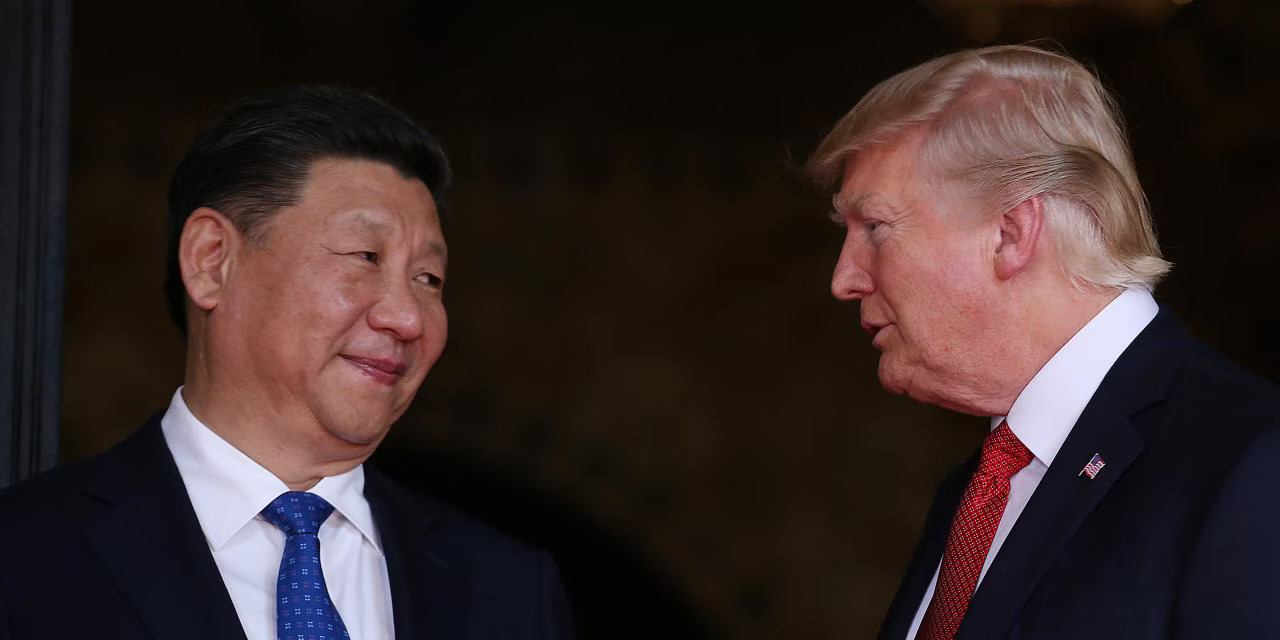August 13, 2025
Global markets are bracing for a significant shift in trade dynamics as the U.S. intensifies tariff pressure on India while simultaneously extending a trade truce with China, moves that are reshaping Asia’s economic landscape in real time.
Yesterday, the Trump administration confirmed a 50% tariff on Indian exports, targeting sectors from apparel and jewelry to agricultural goods. The move is largely in response to India’s continued purchase of Russian oil, a sticking point in Washington’s trade and geopolitical calculus. Analysts warn that this could derail Prime Minister Narendra Modi’s “Make in India” manufacturing push, which has been central to the country’s economic strategy.
Indian industry groups are already exploring contingency plans, with some manufacturers considering shifting production to Vietnam or Bangladesh to retain access to U.S. markets.
Despite the pressure, negotiations remain active. U.S. Treasury Secretary Scott Bessent described India as “a bit recalcitrant” in ongoing talks but expressed hope for an agreement before the October deadline—an ambitious target given the scale of the disputes.
Meanwhile, in a contrasting move, Washington and Beijing agreed to extend their trade truce by 90 days. The decision halts the escalation of tariffs and temporarily eases tensions between the world’s two largest economies. Businesses on both sides, from U.S. retailers to Chinese exporters, have welcomed the pause, though challenges over technology, rare earths, and IP rights remain unresolved.
The juxtaposition of punitive measures against India and conciliatory steps toward China underscores the complex, often contradictory strategies driving U.S. trade policy. For Southeast and South Asia, it’s a reminder that geopolitical alignment is now as critical as economic competitiveness.
As the September–October negotiation window approaches, both New Delhi and Beijing will be working to secure their positions, not only to safeguard current trade flows but to shape the global economic order for years to come.
1. Financial Times. (2025, August 12). Donald Trump tariffs threaten Narendra Modi’s ‘Make in India’ drive. https://www.ft.com/content/7b22c7d5-5479-47bb-be6c-475fad9a16c5?utm_source=chatgpt.com
2. Reuters. (2025, August 12). US Treasury’s Bessent says India has been ‘recalcitrant’ in trade talks. https://www.reuters.com/world/india/us-treasurys-bessent-says-india-has-been-recalcitrant-trade-talks-2025-08-12/?utm_source=chatgpt.com
3. AP News. (2025, August 12). US and China extend trade truce another 90 days, easing tension between world’s largest economies. https://apnews.com/article/ad2c003e9a709a1dfdfc9a9fd3798baf?utm_source=chatgpt.com








